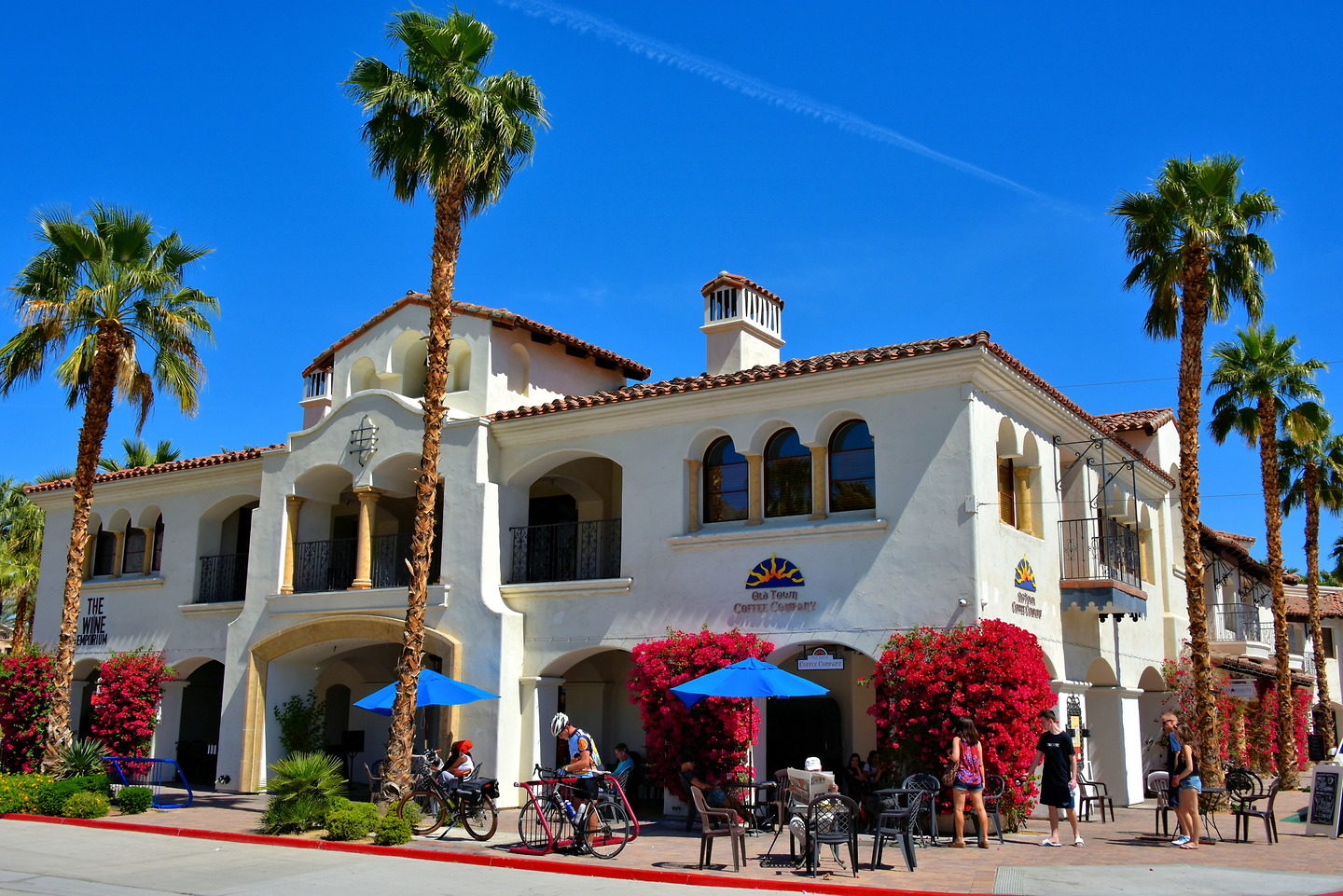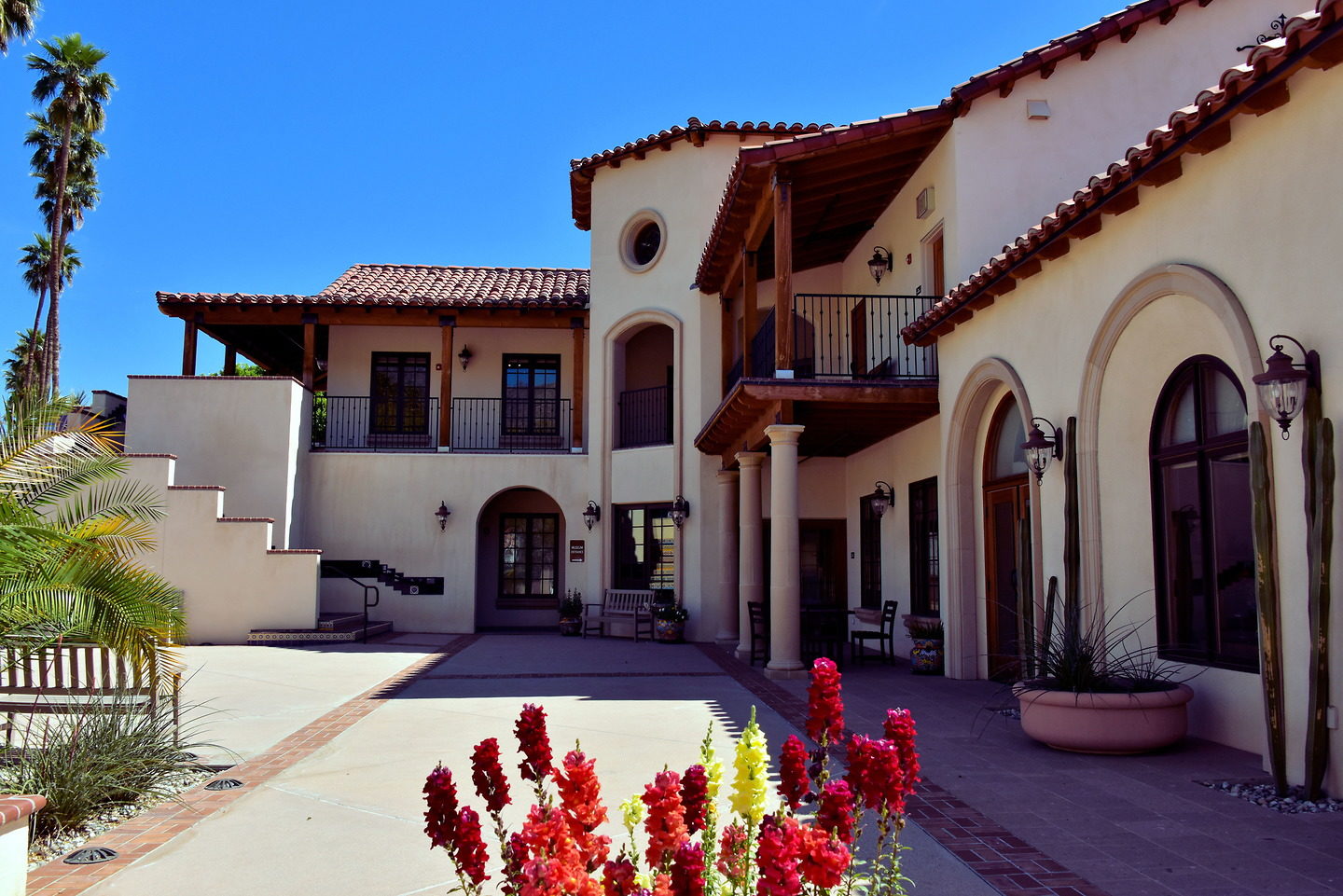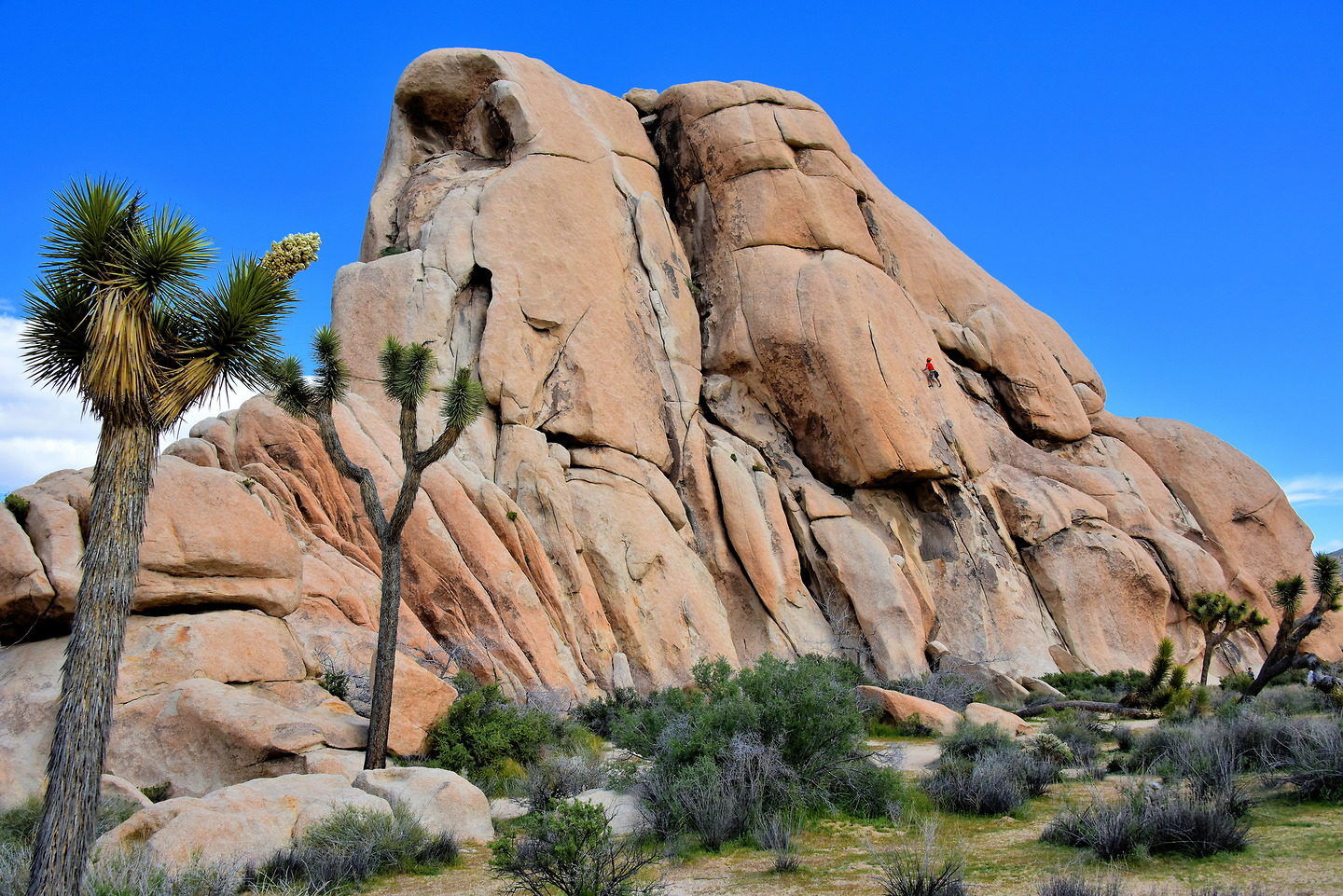Palm Springs and Palm Desert are the best known cities in the 45 mile long Coachella Valley. But there are seven other communities in this part of Riverside Country. This travel guide shows highlights of two of them plus the picturesque Joshua Tree National Park.





















